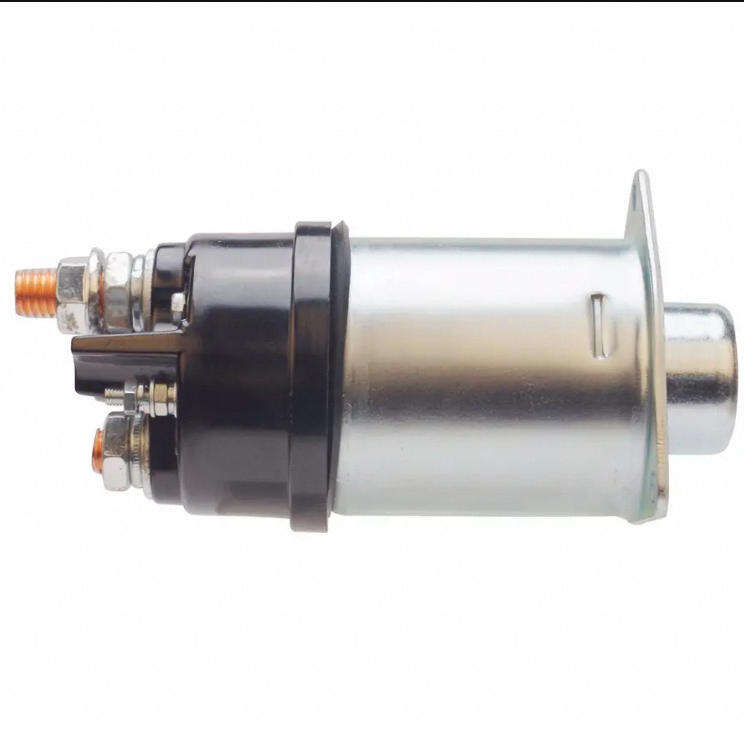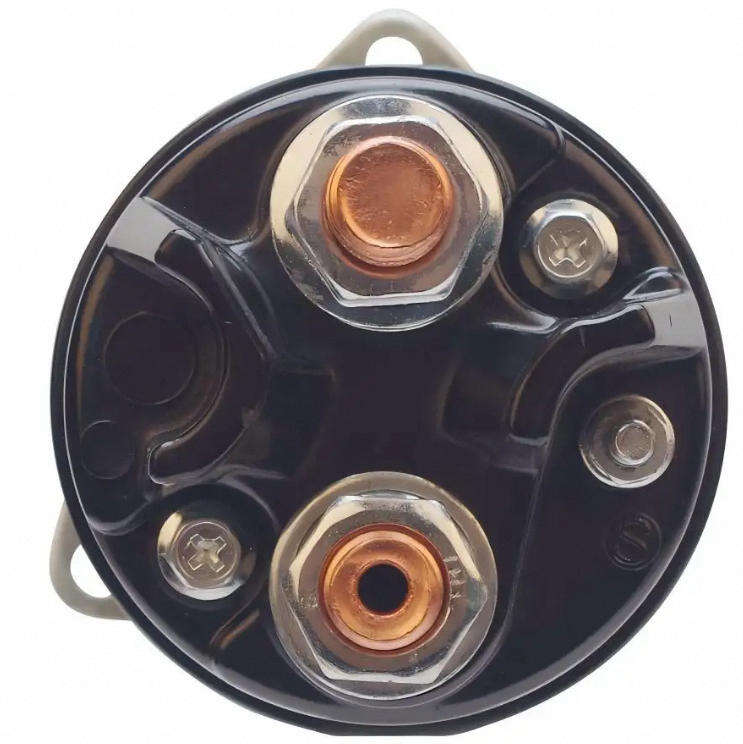Functions and Codes of Starter Switch Terminals
Kedong Auto Parts Co., Ltd. is a manufacturer of core Solenoid technology solutions for automotive starting systems, specializing in the innovative research and development and precision manufacturing of various Solenoid switches. The three main terminals and their functions of an automotive starter Solenoid switch are as follows:

Terminal 50 (S Terminal/Start Terminal)
Connects to the control line of the ignition switch or starter relay and receives the start signal.
When the ignition switch is turned to Start, terminal 50 is energized, triggering the Solenoid switch to engage, causing the drive gear to engage the flywheel and connect the main circuit.
Some materials may label this as "S Terminal" (abbreviation for Starter).
Terminal 30 (B Terminal)
Directly connects to the positive terminal of the battery, providing high current.
Use thick wire to ensure sufficient current is delivered to the starter during starting.
Some models may label this as "B Terminal" (abbreviation for Battery).
Terminal C (M Terminal)
Connects to the starter's internal excitation winding or the positive terminal of a DC motor, directing current to the motor to drive the rotor. Some materials refer to it as the "M terminal" (short for Motor).

Additional Notes
Terminal Naming Logic:
"30" represents the normal power supply (derived from German automotive circuit standards, referring to the line directly powered by the battery), and "50" represents the starter control signal.
Other Variants:
Some starters may have an additional ignition terminal "R" (for connecting to the ignition coil's additional resistor) or a ground terminal "31."
Wiring Notes:
During installation, ensure a clearance of 3-5 mm between the drive gear and the flywheel end face to prevent improper meshing.








